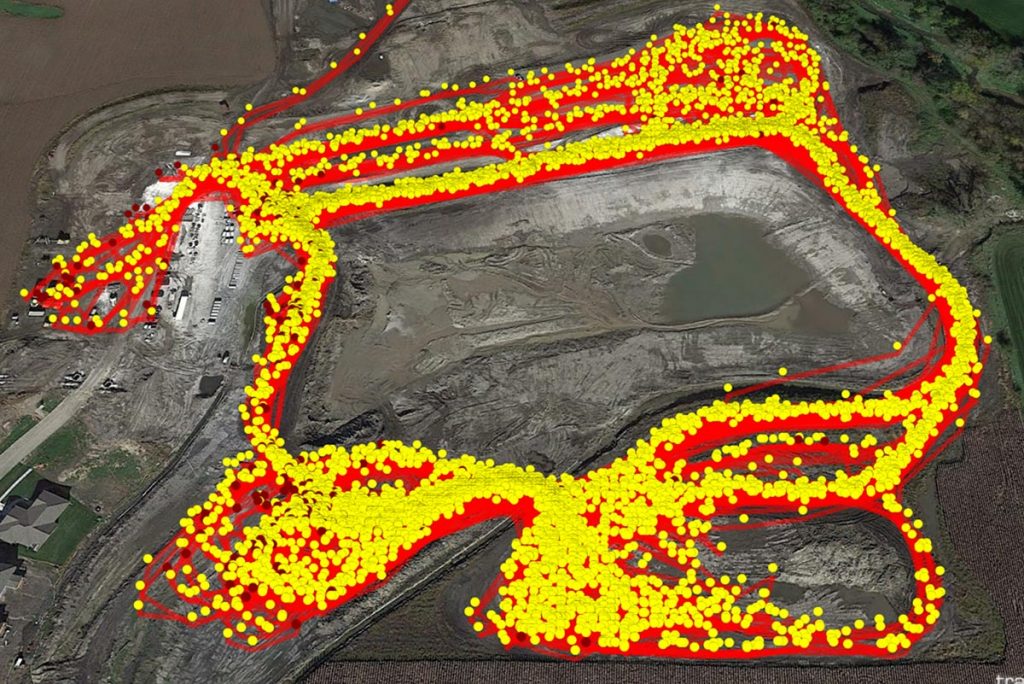InTrans / Jun 19, 2015
Controlling road construction processes through autonomous and robotically controlled equipment

Constructing long-lasting roadways requires careful process control. But operating earth compaction equipment, paving machines, and other equipment can be repetitive and often dangerous work that doesn’t lend itself to high precision process control.
The use of autonomous and robotically controlled road-building equipment has great potential to solve this problem. For example, state agencies are moving toward 3D design and providing electronic design files to contractors for upload to machines that support automated machine guidance for earthwork grading and for paving.
The Center for Earthworks Engineering Research (CEER) at the Institute for Transportation is studying the impacts of autonomous and robotic-guided equipment on productivity, quality, reliability, and safety in a multidisciplinary project funded by Iowa State University’s Midwest Transportation Center and Caterpillar Inc.
First, CEER is hosting an international stakeholder workshop in June 2015 to learn about the current state of autonomous/robotic implementation in roadway construction and to identify opportunities for continued innovation and broader application of these technologies.
Second, CEER staff are conducting several field studies across the country, using the $850,000 CEER/ISU geotechnical mobile lab to collect field data. The goal is to assess the impacts of autonomous/robotic operations on actual projects, as well as to evaluate machine-to-any-machine and machine-to-human proximity awareness and accident avoidance systems.
Some of the types of autonomous/robotic technologies that may be evaluated include the following:
- Wheel loaders and trucks
- Excavators and trucks
- Bulldozers and graders
- Scrapers and push bulldozers
Finally, field study results will be broadly disseminated. Using satellite communications on the geotechnical mobile lab, early results will be broadcast live from project sites to interested stakeholders. Data collected during the study will be made available to national and international researchers online. Key findings will be disseminated via webinar.
For more information contact David White, CEER director, djwhite@iastate.edu, or Pavana Vennapusa, research assistant professor, pavanv@iastate.edu
This article is adapted from one in the May 2015 issue of Spotlight, the newsletter of the U.S. DOT University Transportation Center Program
This article is part of the CTRE EnRoute 2014 Year-at-a-Glance series. Download the full document (PDF).
